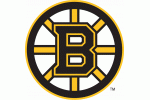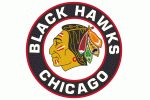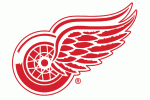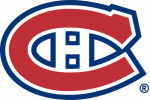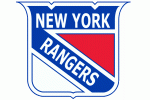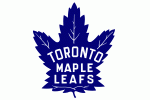With Labour Day having come and gone and NHL training camps just around the corner, our daily glimpses into hockey’s glorious past are about to begin in earnest once again. For those of you new to our column, and for our readers who are familiar with us, today is sort of a primer for what we do and what you can expect this season from “50 Years Ago”.
The column is a daily accounting of happenings on that particular date 50 years ago. The articles are written from the perspective of a hockey reporter working in 1965. They are written in the journalistic style of the day, and no knowledge of future events is assumed. Today’s column will be the only one written in “2015-time”. From time to time author’s notes will be inserted to comment on events that are especially historically significant.
The information contained in the articles has been culled from many sources – principally newspapers of the day, but also include video and audio files that our research has turned up. We have also conducted player interviews with some of the stars of that era, and their accounts will also be incorporated into the columns.
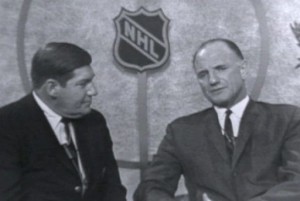
The 1965-66 season will be our subject matter this year. The NHL was still a six-team entity, but expansion to 12 clubs is on the horizon. The league has approved the addition of a second division, to be comprised of six new franchises. St. Louis and Los Angeles have already been approved as sites suitable for NHL teams, although no owners have yet been designated. Vancouver and San Francisco have also been deemed acceptable if they can complete NHL-calibre arenas in time.
It is hoped the new division will begin play in the 1967-68 season, and no later than 1968-69. Expansion news, talk and speculation will dominate hockey news until all the details are finally decided.
The summer of 1965 saw many changes among the NHL teams, with all clubs engaging in some good old-fashioned horse trading. Toronto and Detroit swung an eight-player deal which saw a couple of future Hall of Fame players switch teams. Star right-winger Andy Bathgate moved from the Leafs to the Red Wings in exchange for defenseman Marcel Pronovost, who had been a mainstay on the Detroit blue line for many years.
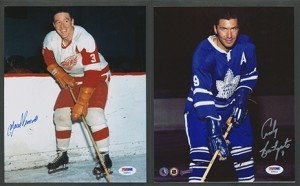
The NHL begins the 1965-66 season with the Montreal Canadiens as the defending Stanley Cup champions. The Habs won their first Stanley Cup since 1960, taking out the Chicago Black Hawks in seven games in an exciting final series. The Detroit Red Wings were the 1964-65 regular season champs, finishing first with 87 points, four ahead of Montreal. Chicago was third, with Toronto fourth. New York and Boston once again missed the playoffs, finishing fifth and sixth.
The Red Wings also made a seven-player deal with Boston as general manager Sid Abel attempted to re-tool a first place team that disappointed in the playoffs.
Toronto sent another veteran, Ron Stewart, to Boston for three players (only one of whom would play for the Leafs). More importantly, they also lost a young goaltender named Gerry Cheevers to the Bruins in the Intra-league draft.
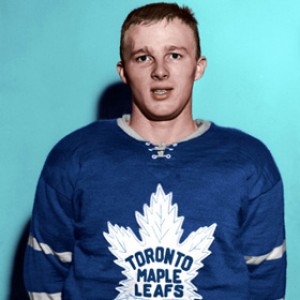
New York general manager Emile Francis continued his rebuild of the Rangers, and starts this season with at least three newcomers battling for the New York goalkeeping job.
Boston’s biggest move was to name Hap Emms (pictured below) as their general manager, replacing Lynn Patrick, who moved on to Los Angeles of the WHL. Emms was busy, moving players in and out at will, but whether all his changes will help the moribund Boston franchise remains to be seen.
Neither Chicago nor Montreal made deals of major significance, choosing to tweak what are already strong lineups with good young players ready to advance through their systems.
Over the next little while, in advance of training camps, we’ll introduce you to the men who will coach these teams this season. We’ll also provide a bit of a preview of what to expect from each team in the way of battles for spots on the NHL rosters.
Not only will we be covering the NHL, but also we’ll report news from all levels of hockey, both professional and amateur. In order to make it a bit easier to follow along, we’ve provided a handy chart, which outlines the basic structure of the North American hockey world. Described here is each NHL club’s organizational structure, from the top minor professional hockey teams down to sponsored teams at the minor hockey level.
The 1965-66 hockey season was a great one, and we hope you’ll enjoy our trip through time as we re-live the events from 50 years ago.
